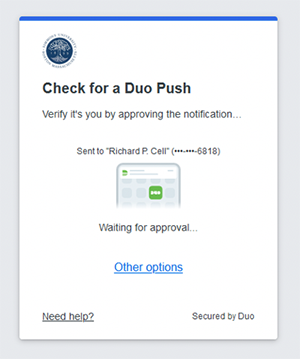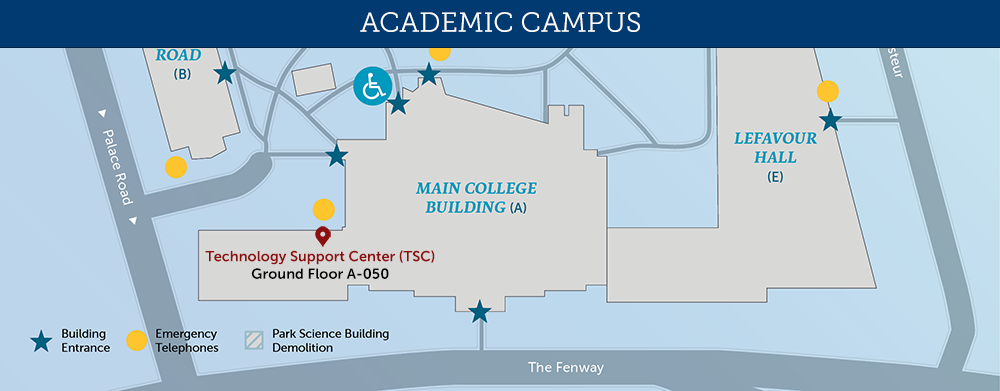Remain vigilant for scams particularly related to disasters and other current events. Recent phishing campaigns include emails with attachments or links to fraudulent websites to trick victims into revealing sensitive information or donating to fraudulent charities or causes. Exercise caution in handling any email with Hurricane Ian-related subject line, attachment, or hyperlink, and be wary of social media pleas, texts, or calls related to Hurricane Ian relief efforts.
In general, avoid clicking links in unsolicited emails, never reveal personal or financial information in email and do not respond to solicitations for this type of information. Always verify the sender of email messages.
For more information about phishing and Internet scams, as well as ways to identify them, please visit our Phishing and Scams resource page
Please send any questions or concerns to Simmons Information Security Officer, Richard Phung, or the Technology Service Desk.



